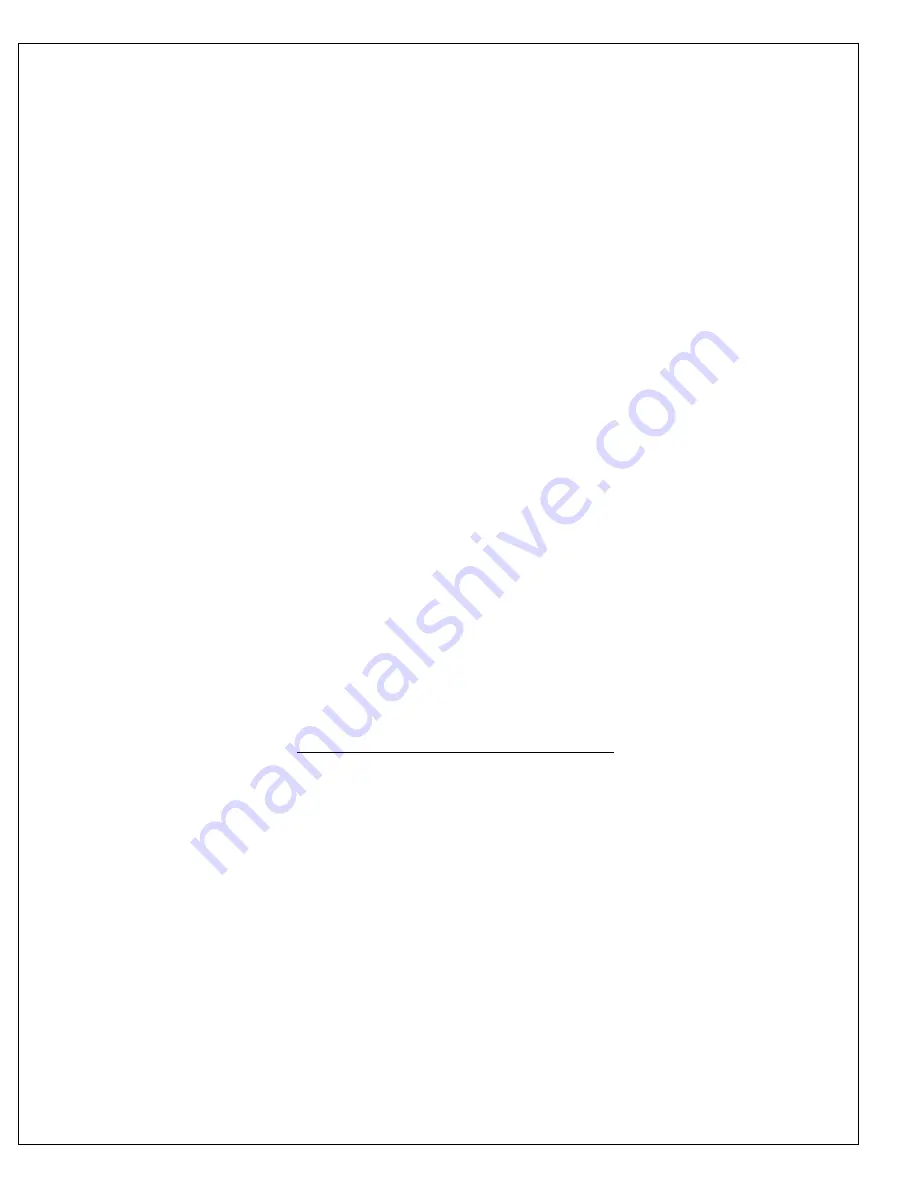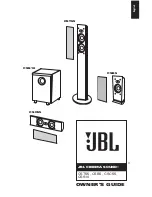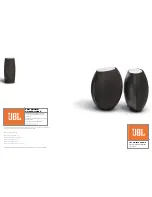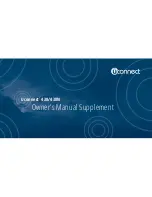
page 17
TROUBLESHOOTING GUIDE
PROBLEM: Hydrant slams shut while closing.
Probable Cause:
Play in Stem Rod assembly due to wear in Stem Rod Couplings.
Corrective action:
Inspect Breakable Coupling and Extension Coupling ( if present ) for wear and replace if
necessary.
PROBLEM: Hydrant hard to operate.
Probable Cause:
Operating Nut/ Thrust Nut assembly too tight.
Corrective action:
Loosen the Thrust Nut Set Screw, tighten the Thrust Nut completely into the Nozzle section
then back off 1/8 of a turn. Tighten the Thrust Nut Set Screw.
Probable Cause:
Operating Nut not lubricated.
Corrective action:
Disassemble the Operating Nut/Thrust Nut assembly. Clean and re-lubricate using a food
grade grease.
PROBLEM: Nozzle facing the wrong direction.
Corrective action:
Loosen the Nozzle Section hardware and carefully rotate the Nozzle Section to the desired
position. Tighten the mounting hardware to 60 Ft. Lbs..
PROBLEM: Hydrant opens but will not close.
Probable Cause:
The Breakable Coupling or Extension Coupling has broken or become
disconnected.
Corrective action:
Remove the Nozzle Section and replace the affected Coupling.
PROBLEM: Hydrant will not drain.
Probable Cause:
Drain holes may be plugged or blocked.
Corrective action:
Loosen the Hose Nozzle Cap and slowly open the hydrant until water escapes from the
nozzle. DO NOT STAND IN FRONT OF THE NOZZLE! Tighten the cap and force flush the
drains. If the hydrant continues not to drain, the hydrant may have to be excavated to verify
that the drains have not been blocked by the concrete thrust block.
PROBLEM: Hydrant flow is low.
Probable Cause:
Hydrant or supply vale is not fully open.
Corrective action:
Verify that the hydrant is fully open. The AVK Series 67 hydrant main valve hits the stop in
the base after approximately10 turns. Also locate and verify that the isolation valve is fully
open.


































